Kazan University physicists created a refined simulation of a joint reception area of meteor radio reflections. The paper appeared in IEEE Transactions on Antennas and Propagation.
Meteor burst communication is based on using meteors as cryptography assistants. Meteor trails reflect radio waves, which makes them suitable for radio transmissions at distances of up to 2,000 kilometers (1,200 miles). The unpredictable nature of meteors poses a significant hindrance to signal interception.
Associate Professor Amir Sulimov explains, “Each meteor trail forms a kind of shadow resembling an ellipse on the Earth’s surface. All communication stations within that area can tune in on the channel. Meteor trails help determine a specific area where potential malefactors can try to intercept the signal.”
Traditionally, it was theorized that the longest radius of interception lies along the radio line between legal points A and D, while the shortest radius, conversely, is perpendicular to that axis.
“In our research, we are the first to show that this trend may not be persistent in meteor systems, especially on short lines of less than 500 km (310 miles). Because of the random nature of meteor arrivals, orientations of the large and small radiuses can differ significantly. And the degree of that difference also varies, depending on seasonal and daily meteor cycles. Such regularities make meteor communication interception quite difficult.”
“Experiments and models showed that the practical possibility of intercepting a meteor channel disappears at 30 kilometers (19 miles) distances, but theoretical chances persist at distances of up 300 km (190 miles) along small radiuses and 850 kilometers (530 miles) along large radiuses,” concludes Sulimov.
The obtained data may be used for meteor cryptography. Further research should show the distances at which partial interception of cryptographic keys is feasible.
Publication: “Analysis of Joint Channel Coexistence Time at Space-Diversity Radio Reception of Meteor Reflections” by Amir I. Sulimov, Arkadiy V. Karpov, Sergei A. Kalabanov and Oleg N. Sherstyukov, 21 November 2018, IEEE Transactions on Antennas and Propagation.
DOI:10.1109/TAP.2018.2882591

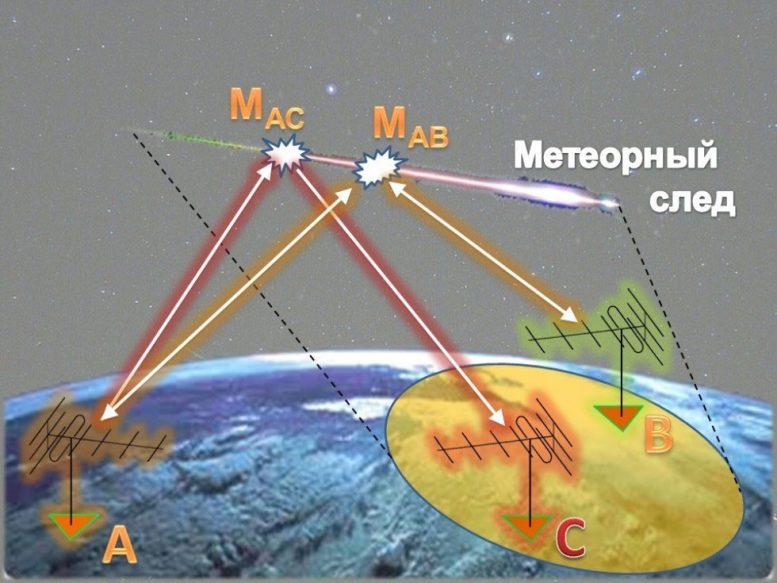
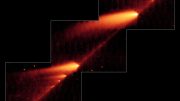
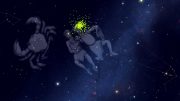


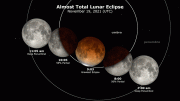


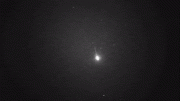
Be the first to comment on "Physicists Trace Communication Interception Through Meteor Trails"